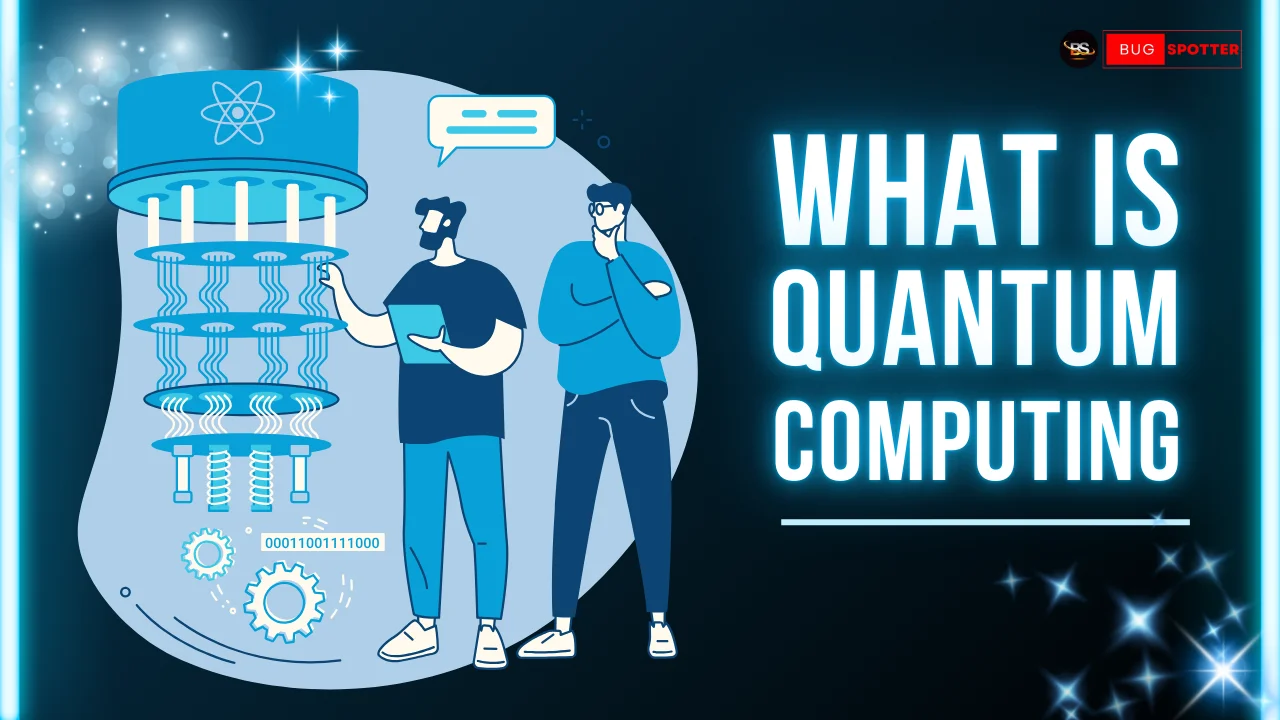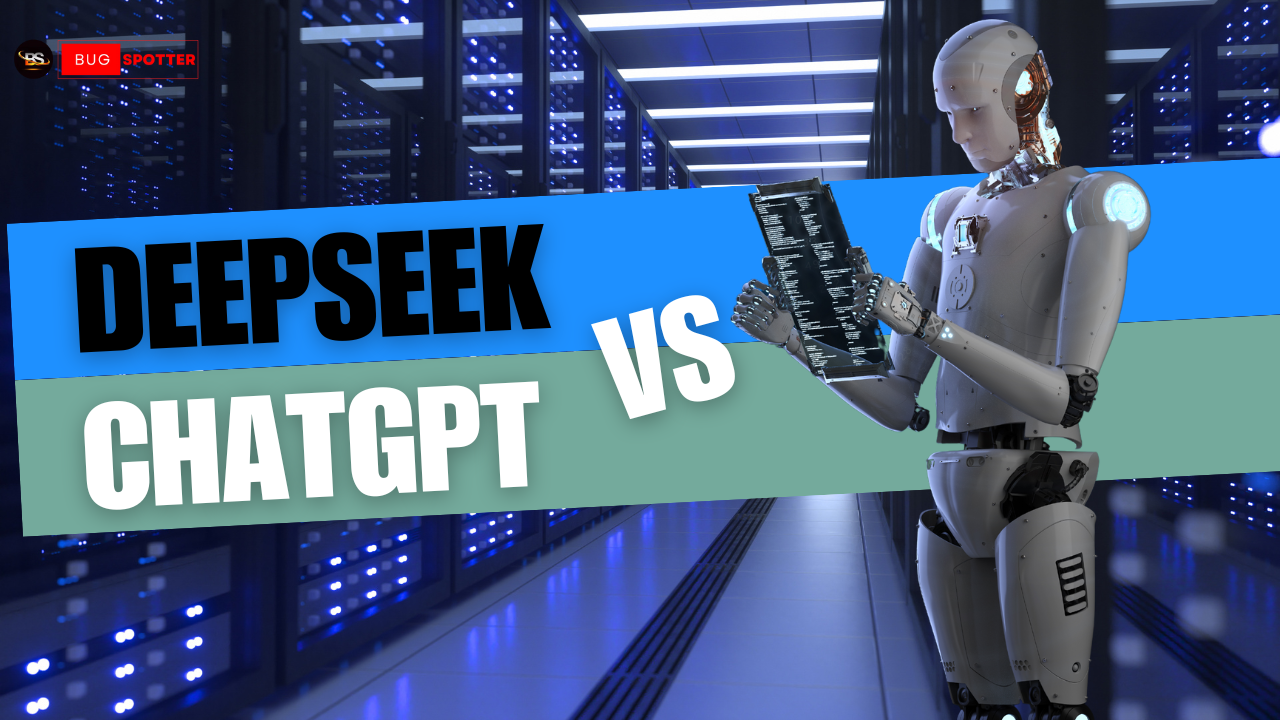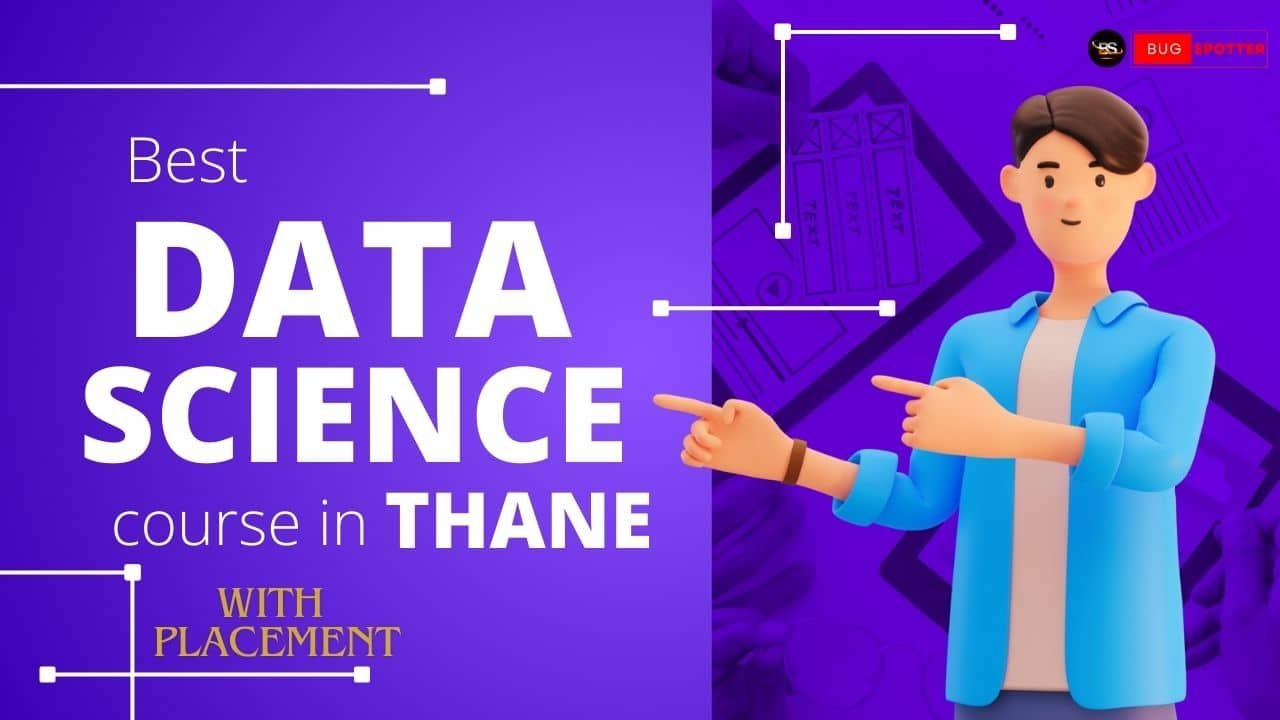What is generative AI
What is generative AI ?
Generative AI refers to a class of artificial intelligence models and systems designed to create new content, such as images, text, music, videos, or other forms of data, that mimics the patterns and characteristics of real-world data. Unlike traditional AI, which focuses on analyzing or classifying existing data, generative AI produces novel outputs that are similar to what it has been trained on.
Generative AI: A Turning Point in Technology
Generative AI has been through numerous cycles of hype, but the release of ChatGPT has brought us to a pivotal moment in its development. OpenAI’s chatbot, powered by its latest large language model, has captured widespread attention. It can write poems, tell jokes, generate essays, and even create text in various styles—like love poems written as Yelp reviews or song lyrics in the tone of artists like Nick Cave. This breakthrough has brought generative AI into the mainstream, showcasing its potential to produce human-like content from just a few input prompts.
The previous wave of generative AI excitement came with advancements in computer vision, where technologies transformed selfies into Renaissance-style portraits and age-progressed faces filled social media feeds. Fast forward to today, the major leap forward is in natural language processing. Large language models can now understand and generate human language, and they are capable of creatively riffing on a wide range of topics. But it’s not limited to just text; generative models are now extending their capabilities to software code, molecules, natural images, and various other forms of data.
Table of Contents
How Does Generative AI Work?
Generative AI works by learning patterns and structures from large datasets and then using that knowledge to create new, similar content. At its core, generative AI uses complex machine learning models, especially deep learning techniques, to generate novel outputs. Here’s a simplified breakdown of how it works:
1. Training on Data:
Generative AI models are trained on large datasets consisting of the type of content they are designed to generate. For example, a model that generates text will be trained on vast amounts of text data—books, articles, websites, etc. The model learns the statistical patterns in the data, such as word sequences, sentence structures, and contextual relationships.
2. Learning Patterns and Features:
During training, the model identifies patterns within the data. For text generation, it learns grammar, vocabulary, sentence structure, and even stylistic nuances. For image generation, it learns pixel distributions, shapes, textures, and other visual elements.
3. Using Neural Networks:
Generative models often rely on neural networks, specifically generative adversarial networks (GANs) or variational autoencoders (VAEs). These networks consist of layers of interconnected nodes that mimic the way the human brain processes information.
GANs work by pitting two networks against each other: a generator that creates new content and a discriminator that tries to distinguish between real and generated content. Through this adversarial process, the generator improves its ability to create convincing outputs.
VAEs use a different approach where data is compressed into a simpler, latent space before being decoded back into a new, unique output.
4. Generating New Content:
Once trained, the model can generate new content based on input prompts or initial conditions. For example, ChatGPT generates text by predicting the next word in a sequence based on prior words, crafting sentences and paragraphs that make sense. Similarly, a model trained on images can create entirely new visuals by understanding the structures of real-world images.
5. Fine-Tuning and Customization:
Generative models can be further refined or fine-tuned to create more specific types of content. For example, a model trained to generate medical texts can be fine-tuned using healthcare data to produce more relevant and domain-specific outputs.
6. Feedback and Improvement:
In many cases, generative models undergo continuous learning, either by retraining on new data or through human feedback, which helps them improve their outputs over time.
In summary, generative AI works by learning patterns in data and then using this knowledge to create new content that mimics the original data. Whether it’s text, images, or music, the AI generates unique, yet contextually relevant, outputs that can serve a wide range of applications.
What are Dall-E, ChatGPT and Gemini ?
1.DALL-E
- What it is: DALL-E is a generative AI model created by OpenAI that generates images from text descriptions. It uses a version of the GPT architecture and is trained to transform textual input into images that match the description provided.
- How it works: You give DALL-E a text prompt, such as “a two-story house shaped like a shoe,” and it generates a corresponding image. The model combines its understanding of language and visual elements to create realistic and imaginative images from scratch.
- Use cases: DALL-E can be used for design inspiration, creative projects, advertising, and anywhere visual content generation is needed based on specific descriptions.
2.ChatGPT
- What it is: ChatGPT is an AI language model also developed by OpenAI, focused on generating human-like text based on given prompts. It can converse in natural language, answer questions, write essays, assist with coding, and more.
- How it works: ChatGPT is built on the GPT (Generative Pretrained Transformer) architecture, using vast amounts of text data to generate coherent, contextually accurate, and often creative responses to user input.
- Use cases: ChatGPT is widely used in customer service, content creation, education, programming assistance, and even entertainment (like writing stories or solving puzzles).
3.Gemini
- What it is: Gemini is a family of AI models developed by Google DeepMind. Gemini focuses on advanced natural language processing and multimodal capabilities, integrating both text and visual understanding.
- How it works: Gemini incorporates the latest AI techniques to understand and generate not just text but also images, videos, and other forms of content, making it a highly versatile tool for various applications.
- Use cases: Gemini is intended for use in a wide array of industries, including healthcare, education, research, and media. It offers advanced capabilities for tasks like complex analysis, content generation, and interactive AI experiences.
What are the benefits of generative AI?
Generative AI offers several key benefits:
Enhanced Creativity: It helps generate unique content, such as text, images, music, and videos, boosting creativity for businesses and individuals.
Efficiency and Time Savings: Automates repetitive tasks like content creation and design, saving time and increasing productivity.
Personalization: Provides personalized content, recommendations, and experiences, improving user engagement.
Cost-Effective: Reduces the need for manual labor, cutting down on costs related to content production and creative services.
Data Generation: Creates synthetic data for training AI models, especially when real or private data is limited.
Innovation: Enables the exploration of new ideas, products, and solutions, pushing the boundaries of what’s possible in various fields.





















